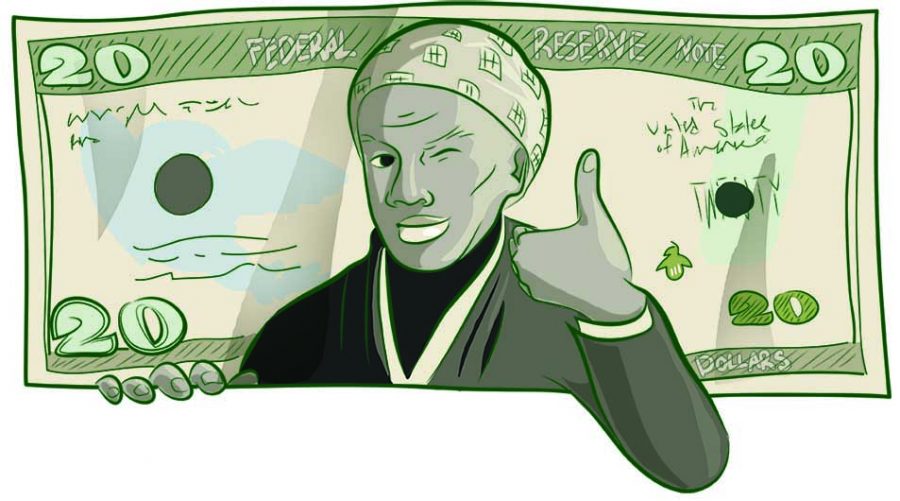Harriet Tubman shadowed on $20 bill
The $20 bill is getting a historical makeover that will move America forward in the recognition of women and ethnic minorities. But the new design does not get the full justice it deserves.
In 2020, Harriet Tubman will replace Andrew Jackson’s portrait on the front of the new $20 bill, and Jackson will be moved to the back.
This does not make sense.
Born a slave in 1820, Tubman later became an abolitionist and led hundreds of slaves to freedom through the Underground Railroad, a secret network that assisted slaves on their journey to freedom.
It is contradictory to have a slave owner on the back of the bill and a slave hero on the front. Jackson should be taken off the bill entirely to give Tubman the recognition she deserves.
Jackson should not be on the $20 at all, primarily because he caused one of the darkest times in American history. Jackson signed the Indian Removal Act of 1830, which authorized the president to trade lands west of the Mississippi River to the natives in exchange for their lands within existing state territories, according to the Library of Congress. Approximately 4,000 Native Americans died on the journey, which came to be known as the Trail of Tears.
Jackson also owned 150 slaves at the time of his death and made a fortune from his cotton plantation called the Hermitage, according to the Andrew Jackson Foundation.
Jackson was on record as being opposed to paper currency and preferred to deal in solid gold and silver, according to congress records.
Yet in 1928, the U.S. Department of the Treasury replaced President Grover Cleveland with Jackson on the $20 bill, as stated in an article by the Washington Post.
The Treasury decides which historical icons are placed on currency. The only requirement is that the nominee must be dead, but according to the Treasury, their records “do not suggest” why certain people are on the bills.
Tubman was chosen by Secretary of the Treasury Jack Lew. This decision was heavily supported by a non-profit, grassroots group called Women on 20s. Created for the sole purpose of putting a woman on paper currency, last year the group created a list of 15 historical women that they wanted to incorporate into the new $20 design and set up an online voting platform.
After just 10 weeks, over 600,000 people had cast their ballots and Tubman was found to be the most popular choice, according to Women on 20s.
The change will take effect in 2020 to commemorate the 100th anniversary of the 19th Amendment, which gave women the right to vote.








